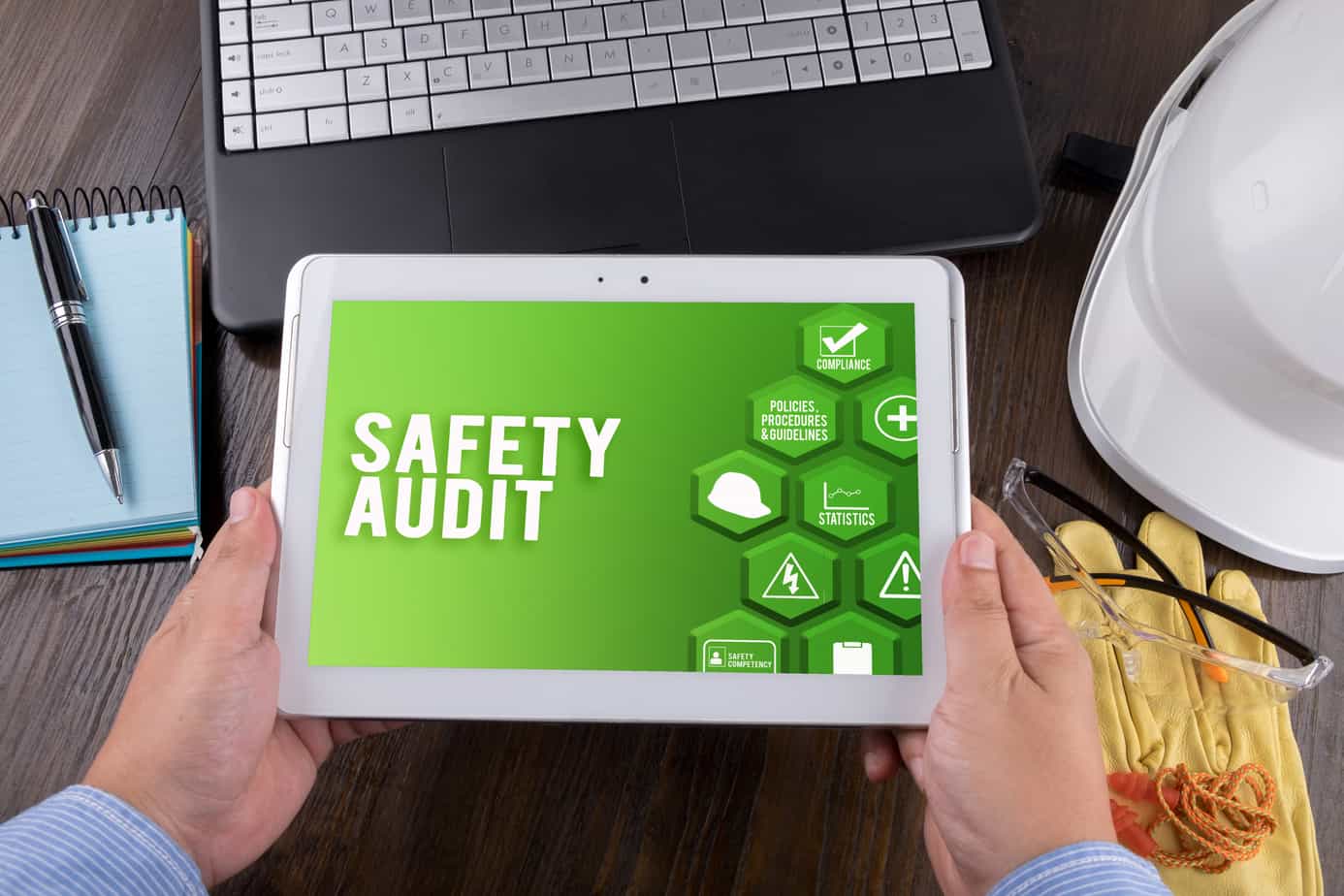How to Develop an Effective Emergency Response Plan for Any Situation
How to Develop an Effective Emergency Response Plan for Any Situation
Blog Article

An emergency response plan is a structured framework that helps organizations, businesses, and individuals manage unexpected crises effectively. Whether it’s a fire outbreak, industrial hazard, or natural disaster, having a well-defined response plan can minimize damage, reduce casualties, and ensure continuity. This guide explores the essential steps to develop an effective emergency response plan.
Why is an Emergency Response Plan Essential?
Emergencies occur without warning, making preparedness crucial. A well-crafted plan ensures:
- A clear chain of command for quick decision-making
- Rapid response to prevent escalation
- Safety of employees, customers, and assets
- Compliance with regulatory requirements
- Minimization of operational disruptions
Without a structured emergency response plan, businesses and organizations risk confusion, panic, and potential legal consequences in times of crisis.
Key Elements of an Effective Emergency Response Plan
To create a successful plan, you must integrate various components that address potential risks and establish clear action points. The following elements are vital:
1. Risk Assessment and Hazard Identification
Identifying potential risks within the workplace or environment is the first step in creating a comprehensive plan. This includes:
- Fire hazards
- Chemical spills
- Electrical failures
- Natural disasters
- Workplace violence
Conducting a Hazop Study helps assess these risks and determine the best control measures to mitigate hazards.
2. Defining Emergency Response Teams and Roles
Having a dedicated response team ensures efficiency during emergencies. These teams should include:
- Incident Commander: Responsible for overall crisis management
- Safety Officers: Oversee hazard control and protective measures
- Medical Personnel: Provide first aid and medical assistance
- Evacuation Coordinators: Manage orderly evacuations
- Communication Officers: Disseminate information to stakeholders
Training sessions and periodic drills should be conducted to keep all team members prepared for emergencies.
3. Establishing Clear Communication Channels
During an emergency, effective communication is key to preventing chaos. The communication plan should outline:
- Emergency contact numbers
- Chain of command for reporting incidents
- Internal communication methods (radios, PA systems, alerts)
- External communication with first responders
Using a structured communication system ensures information is relayed promptly and accurately.
4. Fire and Safety Preparedness Measures
Fire incidents are among the most common emergencies. Implementing a Fire Audit helps organizations assess fire risks and compliance with safety regulations. Key fire safety measures include:
- Installing fire alarms and sprinkler systems
- Conducting fire drills regularly
- Providing fire extinguishers in strategic locations
- Training employees on fire safety procedures
A fire emergency plan should also include clear evacuation routes and assembly points.
5. Evacuation Procedures and Assembly Areas
Every emergency plan must define safe evacuation procedures. These should include:
- Clearly marked exit routes and emergency doors
- Maps and signs indicating escape paths
- Designated assembly points away from danger zones
- Accounting for all personnel during evacuation
Evacuation drills should be conducted regularly to ensure employees and occupants are familiar with the process.
6. Medical Emergency and First Aid Response
Medical emergencies can occur in various forms, including heart attacks, injuries, or exposure to hazardous substances. A well-prepared emergency response plan should include:
- First aid stations equipped with necessary supplies
- Designated first aid responders trained in CPR and basic medical assistance
- Immediate access to external medical professionals or hospitals
Training employees in basic first aid skills can be lifesaving in critical situations.
7. Integrating Safety Audits and Compliance
Regular Safety Audit assessments help organizations ensure their emergency response plans align with safety regulations. These audits evaluate:
- Workplace hazard identification
- Compliance with national and industry-specific safety laws
- Effectiveness of emergency response drills
- Readiness of safety equipment and protocols
Organizations should update their emergency response plans regularly based on audit findings.
8. Process Safety Management for Industrial Facilities
For industries dealing with hazardous materials, implementing Process Safety Management is essential. This approach ensures:
- Proper handling and storage of chemicals
- Control measures to prevent hazardous releases
- Emergency shutdown procedures
- Safety training for employees handling dangerous materials
A well-executed process safety management system minimizes industrial accidents and environmental damage.
9. Testing and Conducting Emergency Drills
The effectiveness of an emergency response plan depends on regular testing and drills. Organizations should:
- Schedule fire and evacuation drills quarterly
- Simulate real-life emergency scenarios for training
- Evaluate response times and areas for improvement
- Gather feedback from participants to refine procedures
These drills build confidence and readiness among employees, ensuring they respond effectively during actual emergencies.
10. Hiring a Safety Consultant for Expert Guidance
Developing and implementing an effective emergency response plan requires expert knowledge. Consulting a Safety Consultant helps organizations:
- Identify and mitigate workplace hazards
- Develop comprehensive emergency preparedness strategies
- Train employees on safety procedures
- Ensure compliance with legal safety standards
A professional safety consultant provides valuable insights that enhance an organization’s emergency preparedness.
Conclusion
An emergency response plan is a crucial aspect of workplace and public safety. By following a structured approach that includes hazard identification, clear communication, safety audits, and emergency drills, organizations can mitigate risks effectively. Regular updates and expert consultations further strengthen the plan’s effectiveness, ensuring safety for all stakeholders.
Developing a well-rounded emergency response strategy is not just a compliance requirement but a responsibility that safeguards lives and assets. Organizations that invest in safety preparedness are better equipped to handle crises, minimize losses, and ensure operational continuity in any emergency situation. Report this page